
Butterflies – important to the UK’s wildlife

Published by
Des Sussex
Biodiversity and Conservation Manager
Jul 12 2024
Share this article
Butterflies are a beautiful and important part of the UK’s wildlife and serve as an indicator of the health of the environment. They play a crucial role in the food chain as well as being pollinators of plants, many of which support our own food supply.
- The UK has 59 species of butterflies – 57 resident and two (the Painted Lady and Clouded Yellow) who are regular migrants
- Five species of butterfly have become extinct in the last 150 years
- 80% of butterflies have declined across the UK
Source: Butterfly Conservation
An impressive diversity of butterflies
Across the Windsor Estate, the diversity of habitats, landscapes and land uses, attract an impressive diversity of butterflies and moths. 32 species of butterfly have been seen in the last three summers, their numbers often being linked to the weather as well as the habitat conditions.
Adult butterflies can be seen using the abundant nectar sources on herbaceous beds in The Savill Garden and The Valley Gardens, as well as in in our wildflower meadows and grasslands across Windsor Great Park.
In our woodlands, patches of flowering bramble scrub in sunny glades act as a ‘fast food café’ for our woodland species. In Swinley Forest, summer supports the flowering of three species of heather, attracting butterflies and bees to nectar.
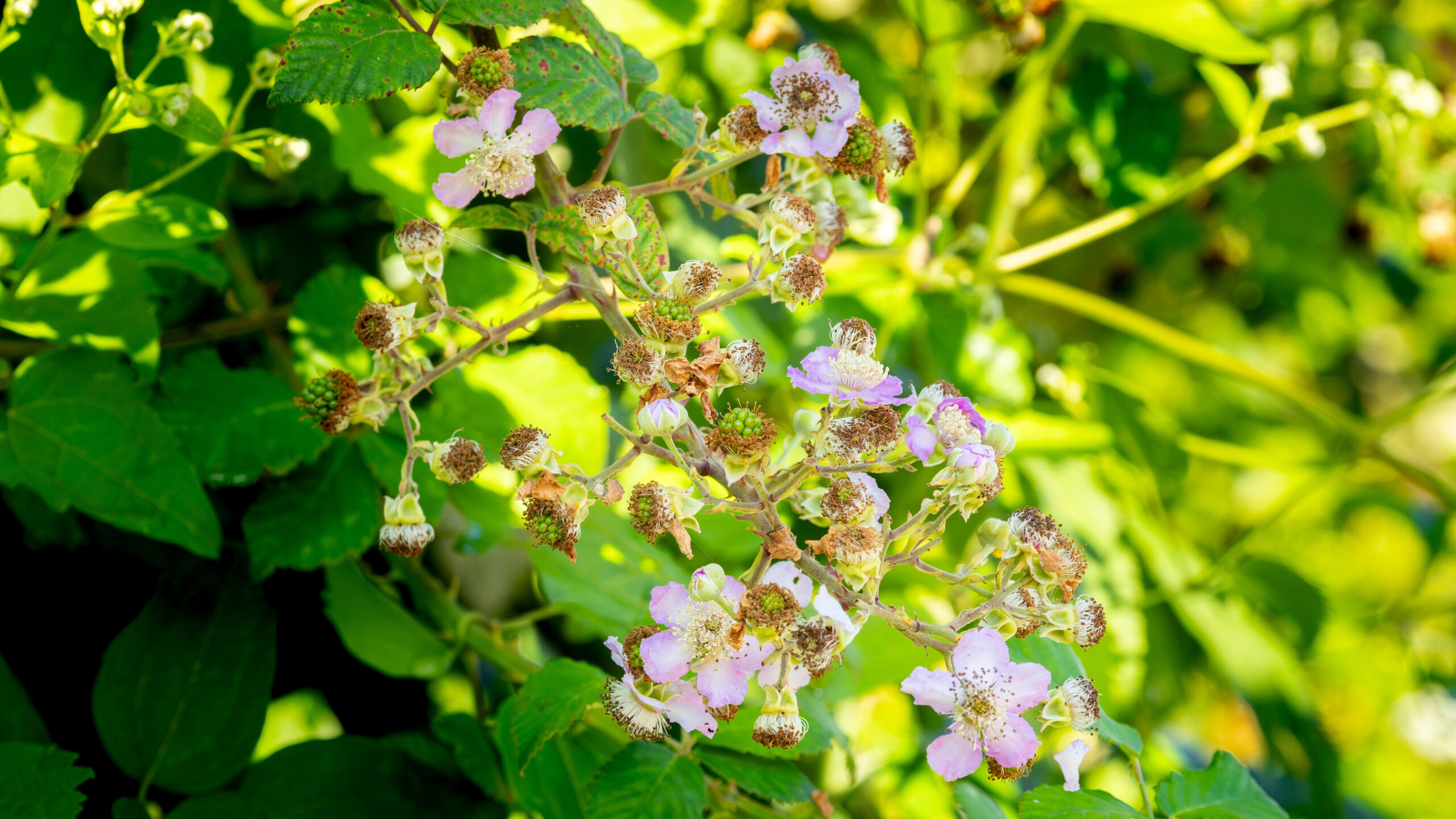
Flowering bramble.
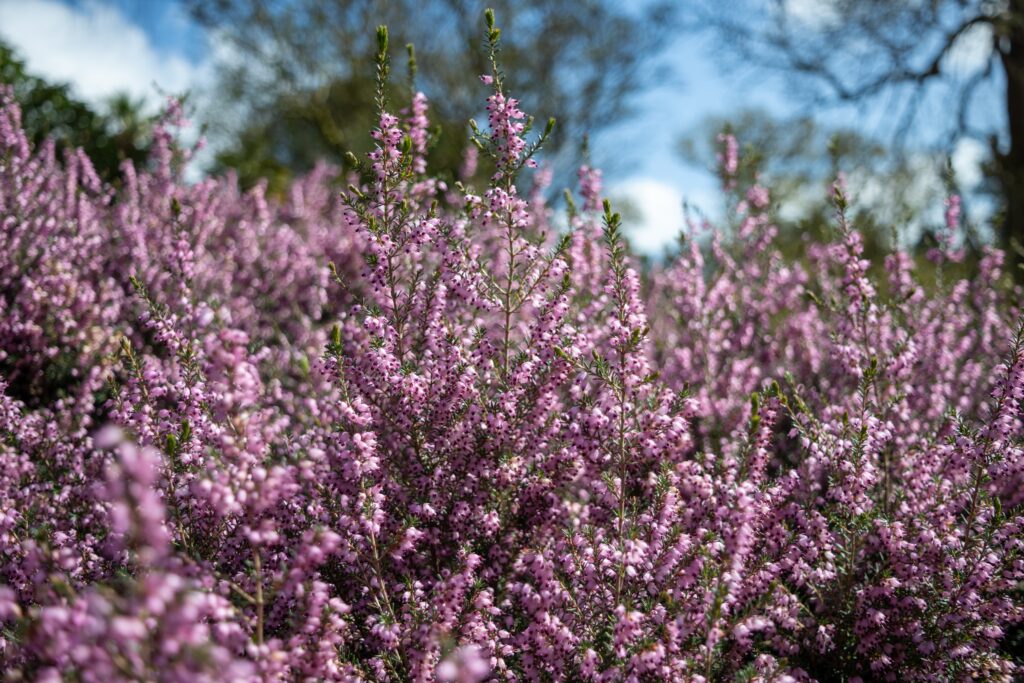
Heather (Caluna Vulgaris).
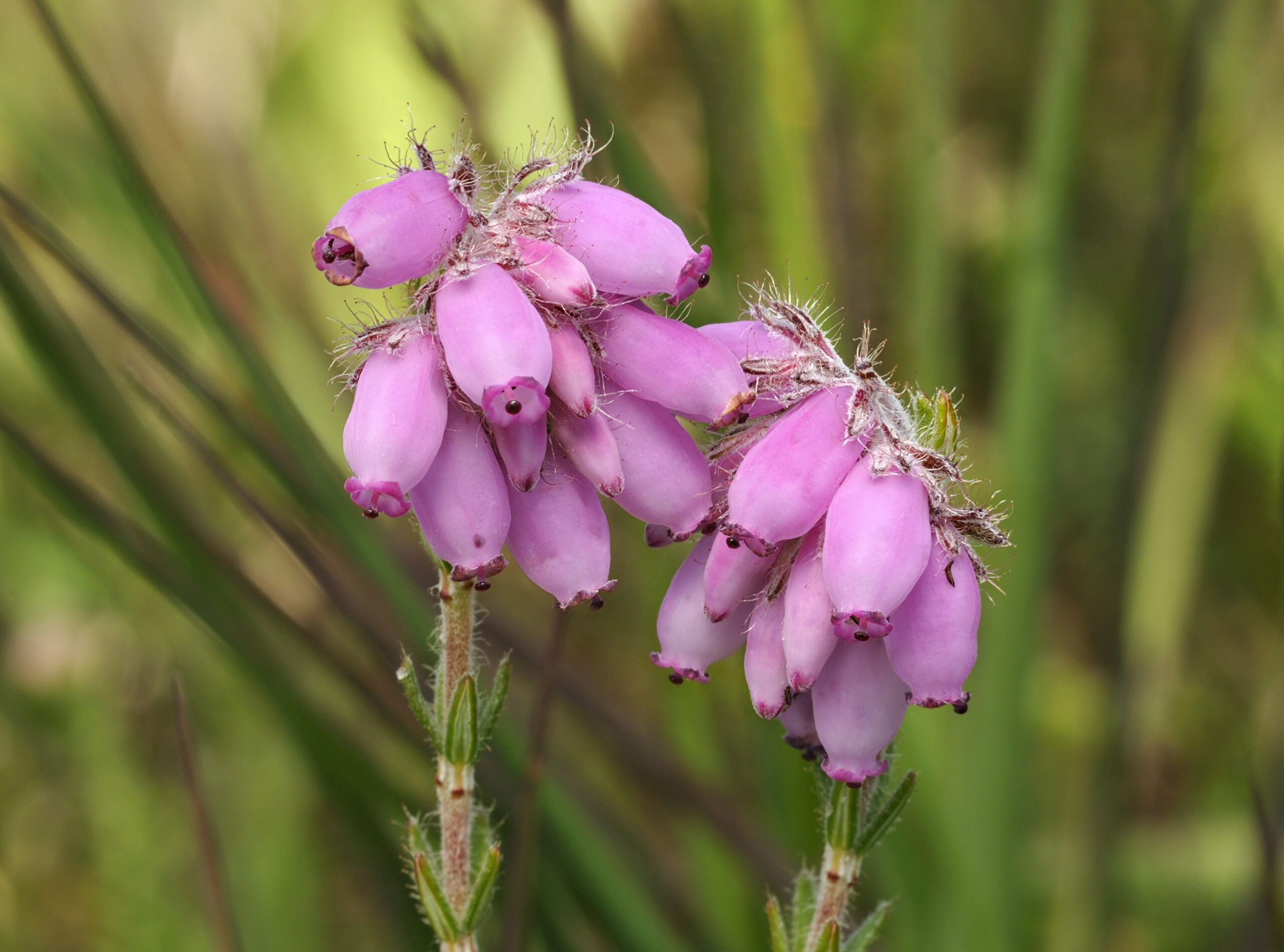
Cross-leaved heath (Erica Tetralix).
Grasslands
Windsor Great Park has many areas of flowery grassland, where the Orange-tip butterfly is a little species that is seen in the spring.
As summer progresses the grasslands teem with ‘brown’ butterflies – which are actually four different species – the Meadow Brown, Gatekeeper, Ringlet and Small Heath.
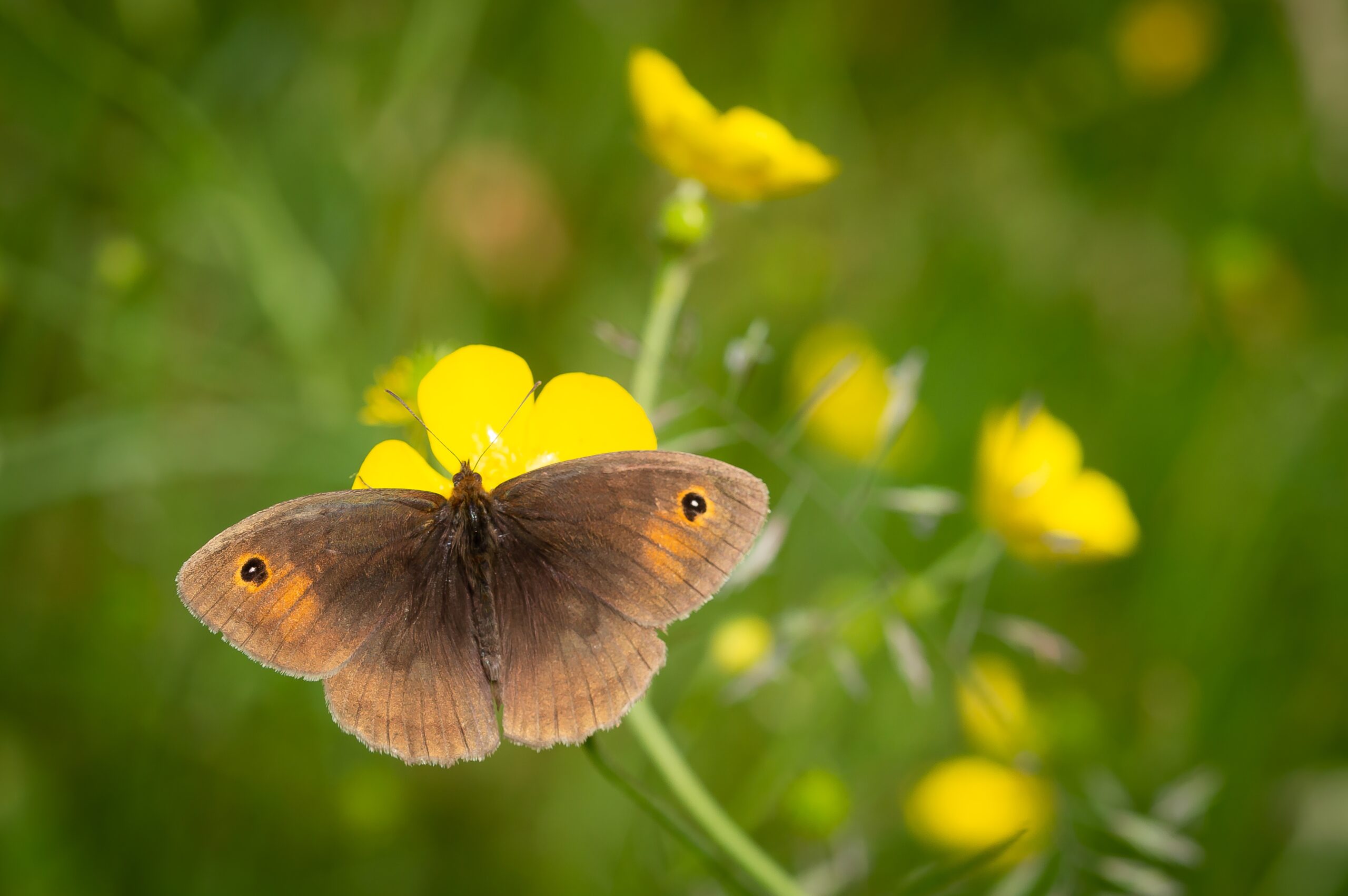
Meadow Brown.

Gatekeeper.
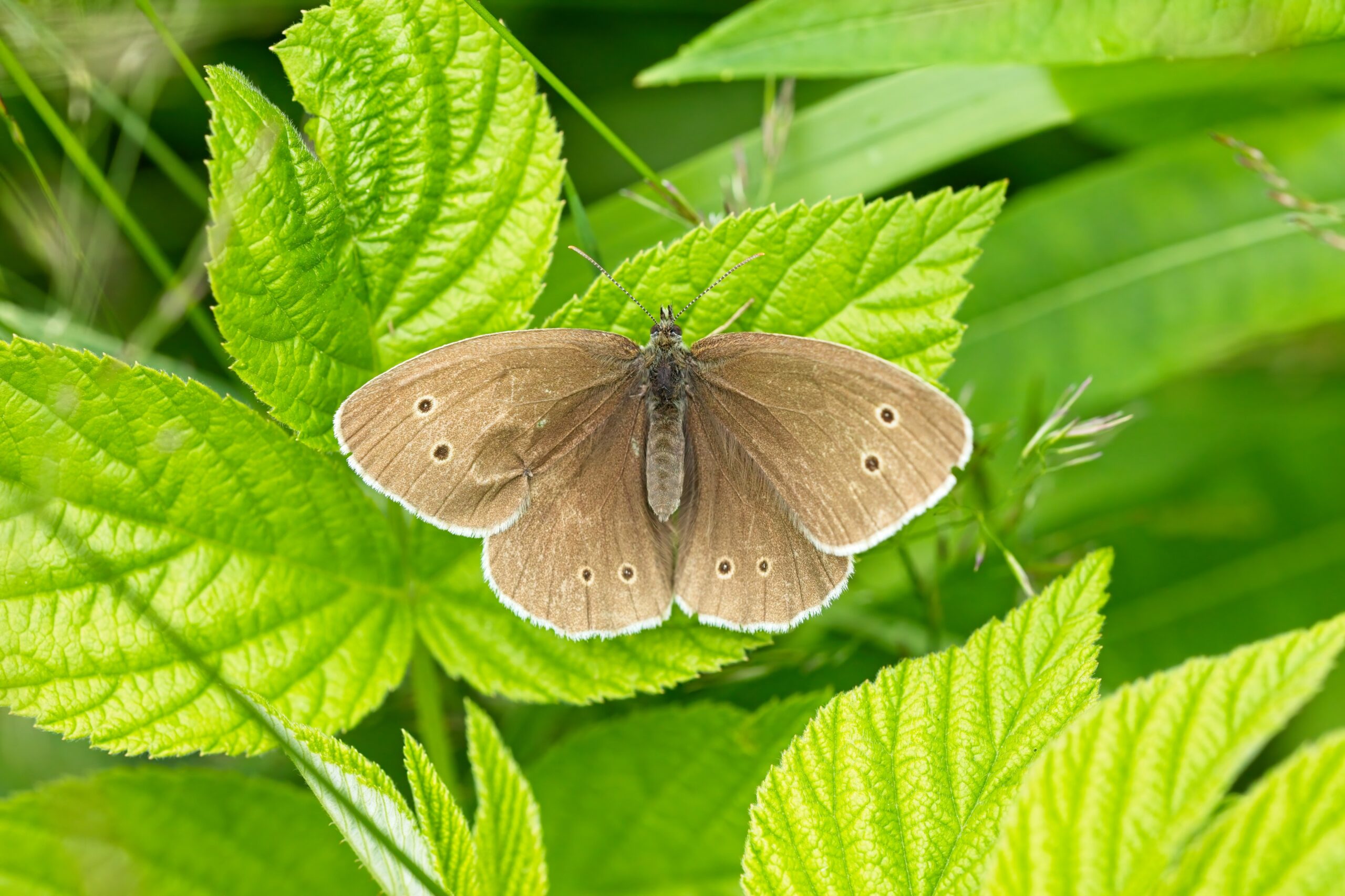
Ringlet.
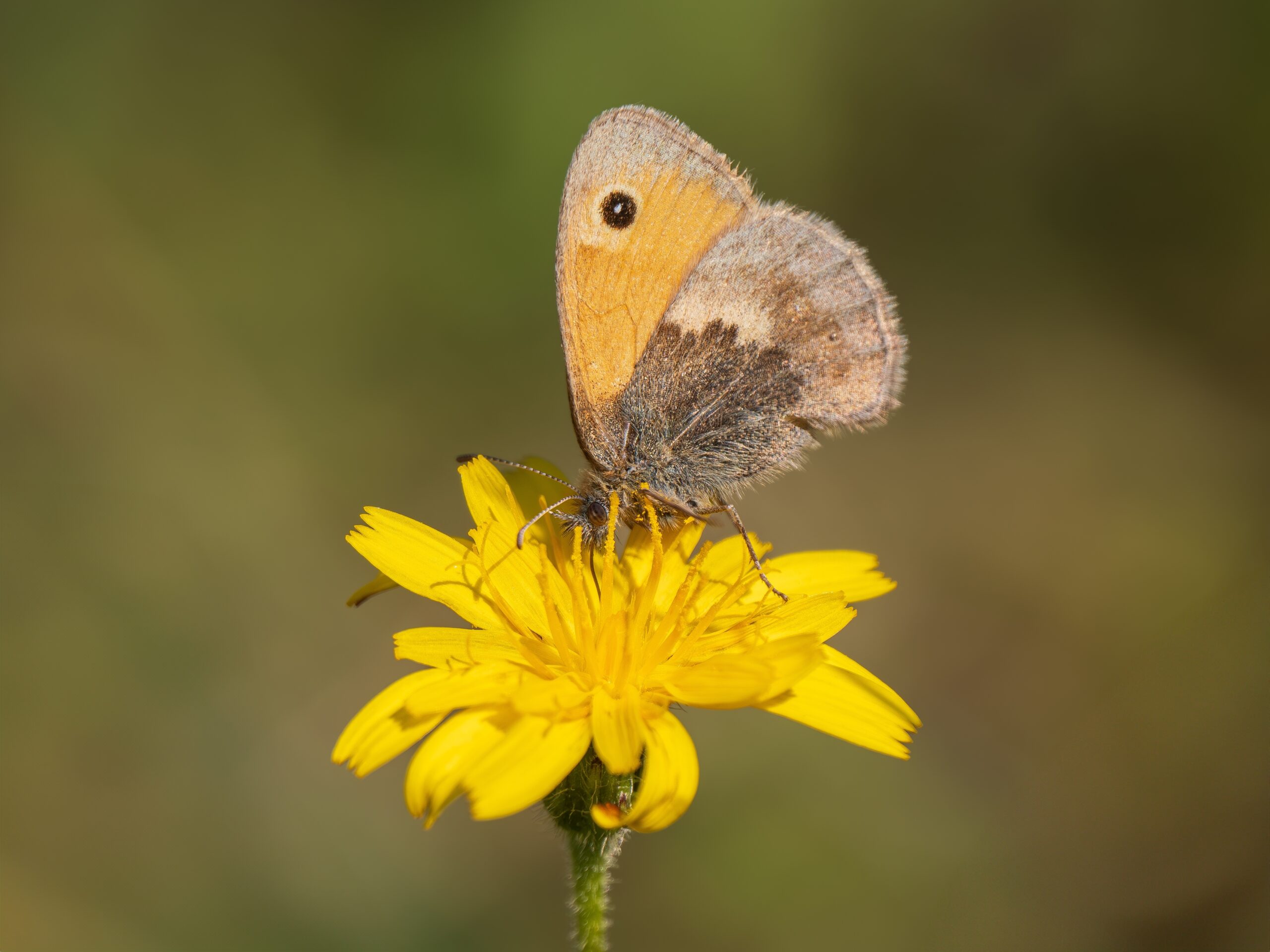
Small Heath.
Another to watch for is the Marbled White, which has increased its distribution in the last ten years and can now be seen in most areas with taller grasses in mid-summer. It has attractive black and white wing patterns.
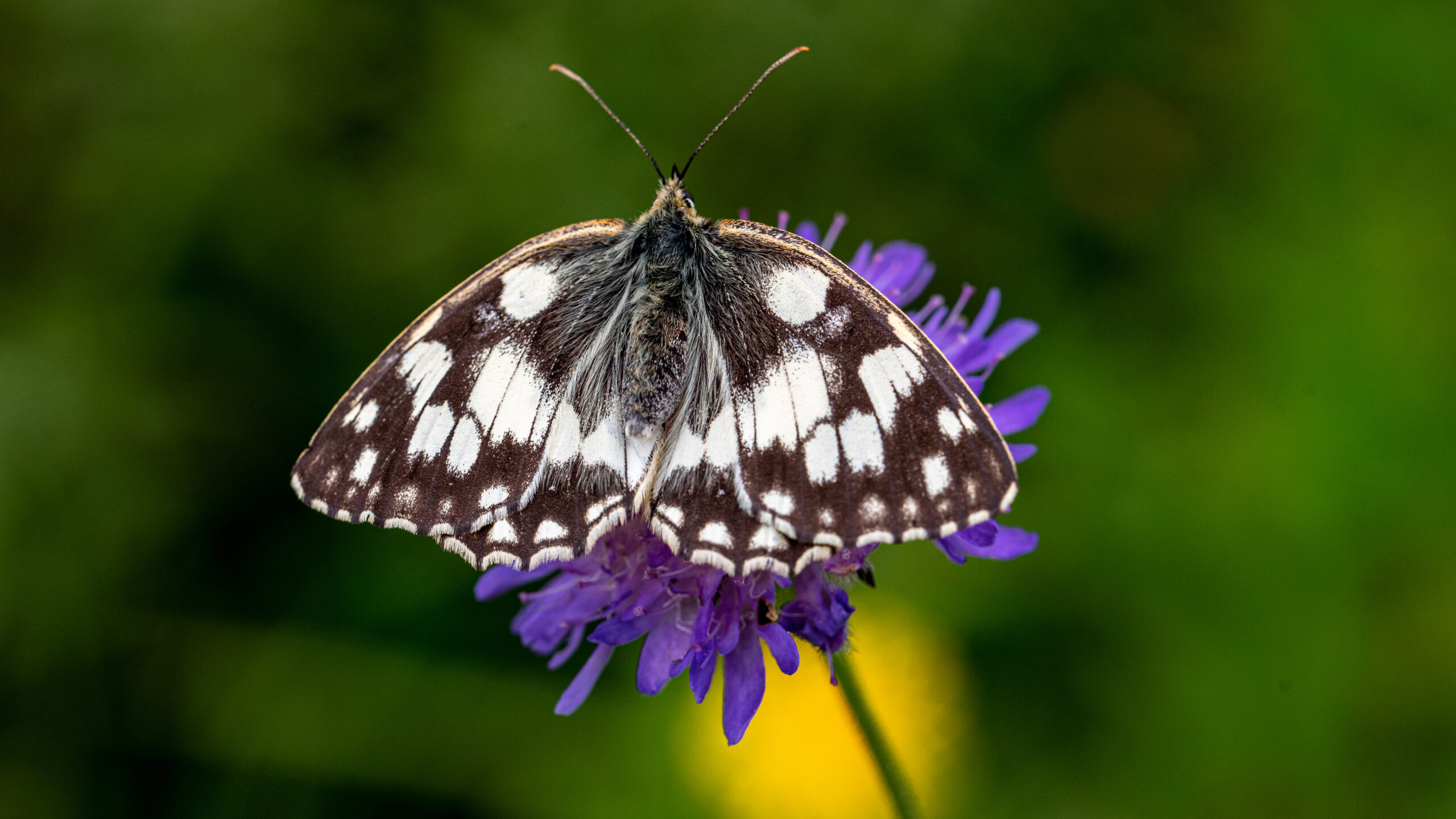
Marbled White.
Woodland
In woodland areas the Silver-washed Fritillary is the star of mid-summer. This large, bright orange butterfly is a fast flier, but often lands on flowers. It is regularly seen in the wooded parts of the Deer Park.
The smaller Speckled Wood is found across our woodlands, and they can be seen chasing each other in sunny patches amongst the trees.
The Purple Hairstreak is much harder to see as it spends most of its time on the leaves up in oak trees, but it is quite common and well worth searching for.
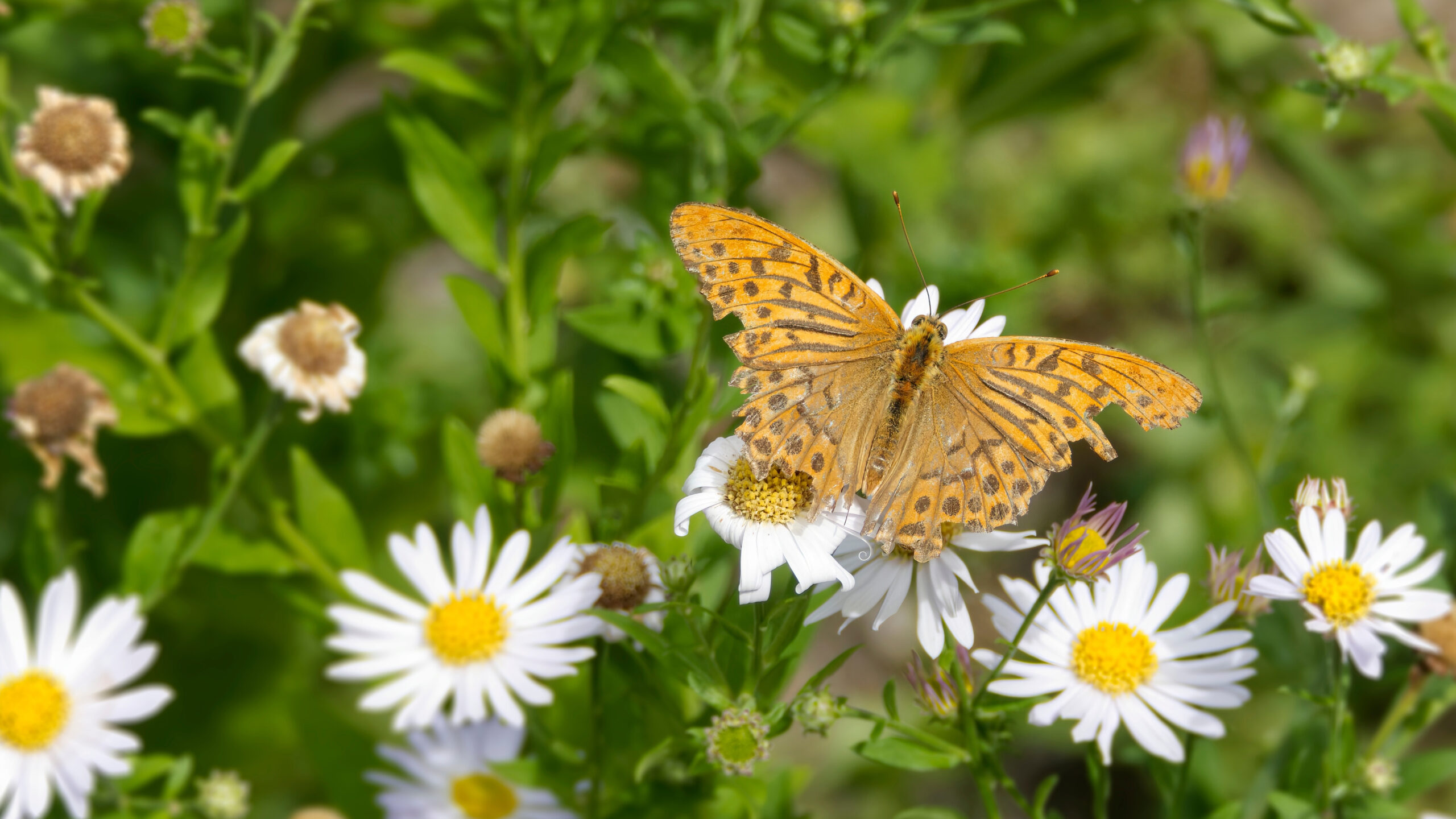
Silver-washed Fritillary.

Speckled Wood.
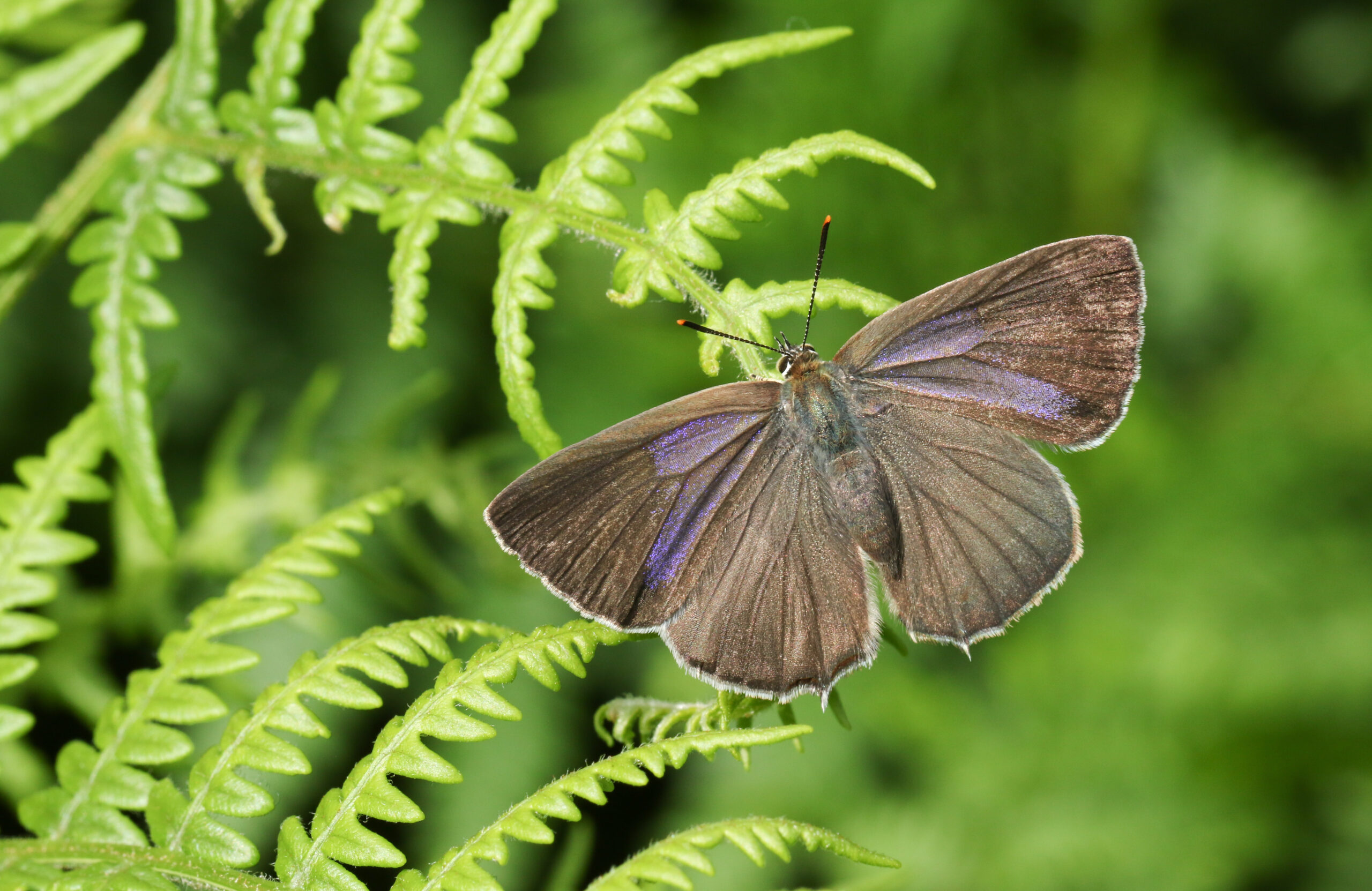
Purple Hairstreak.
Heathland
Our conifer forests are mostly on sandy soils, and where the heathers and grasses are found they support specialist butterflies of these habitats including the Green Hairstreak, Grayling and Silver-studded Blue.
The last two are national ‘priority species’ for conservation, and we are doing our best to ensure they have resilient populations on the Estate.
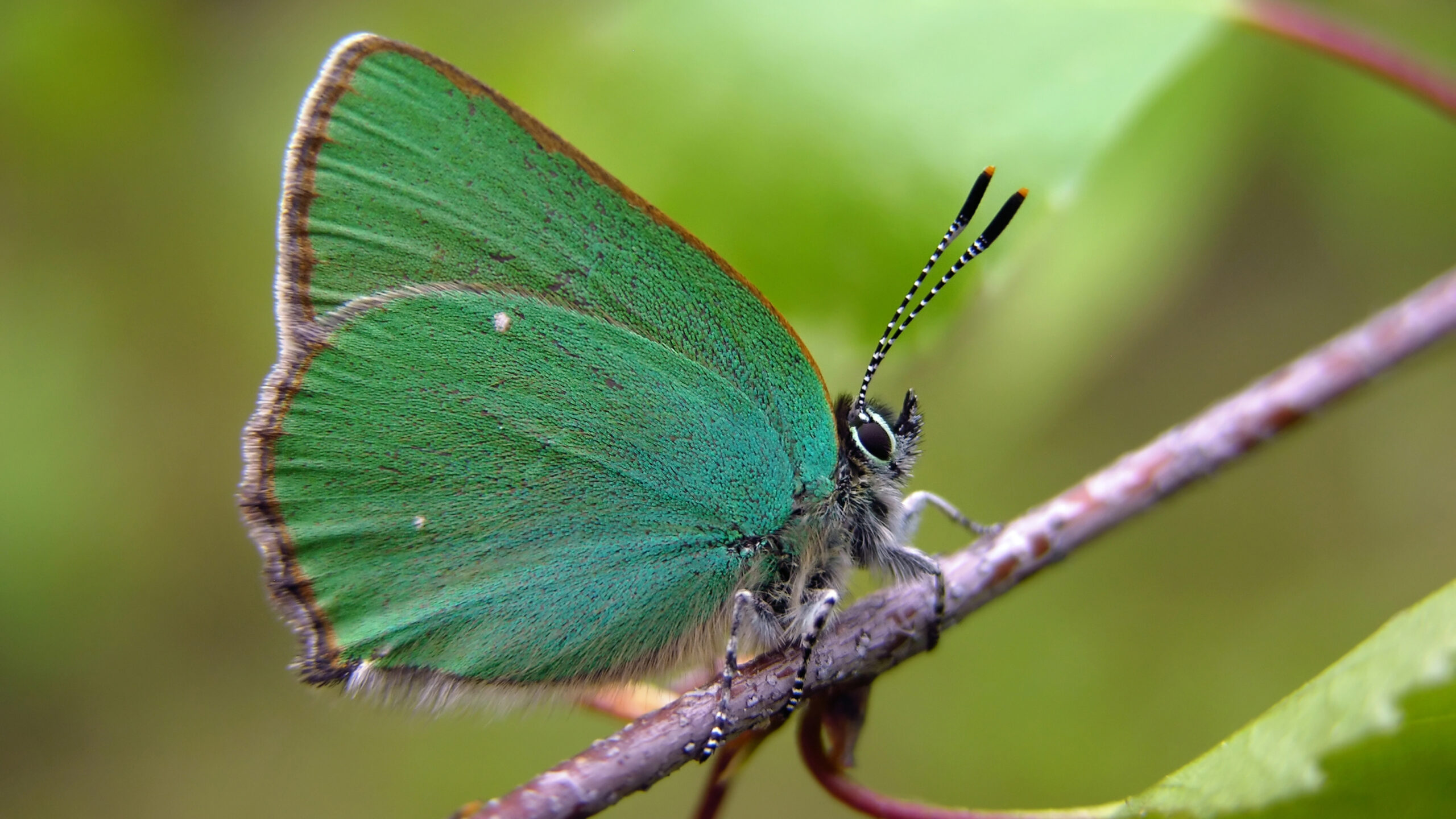
Green Hairstreak.
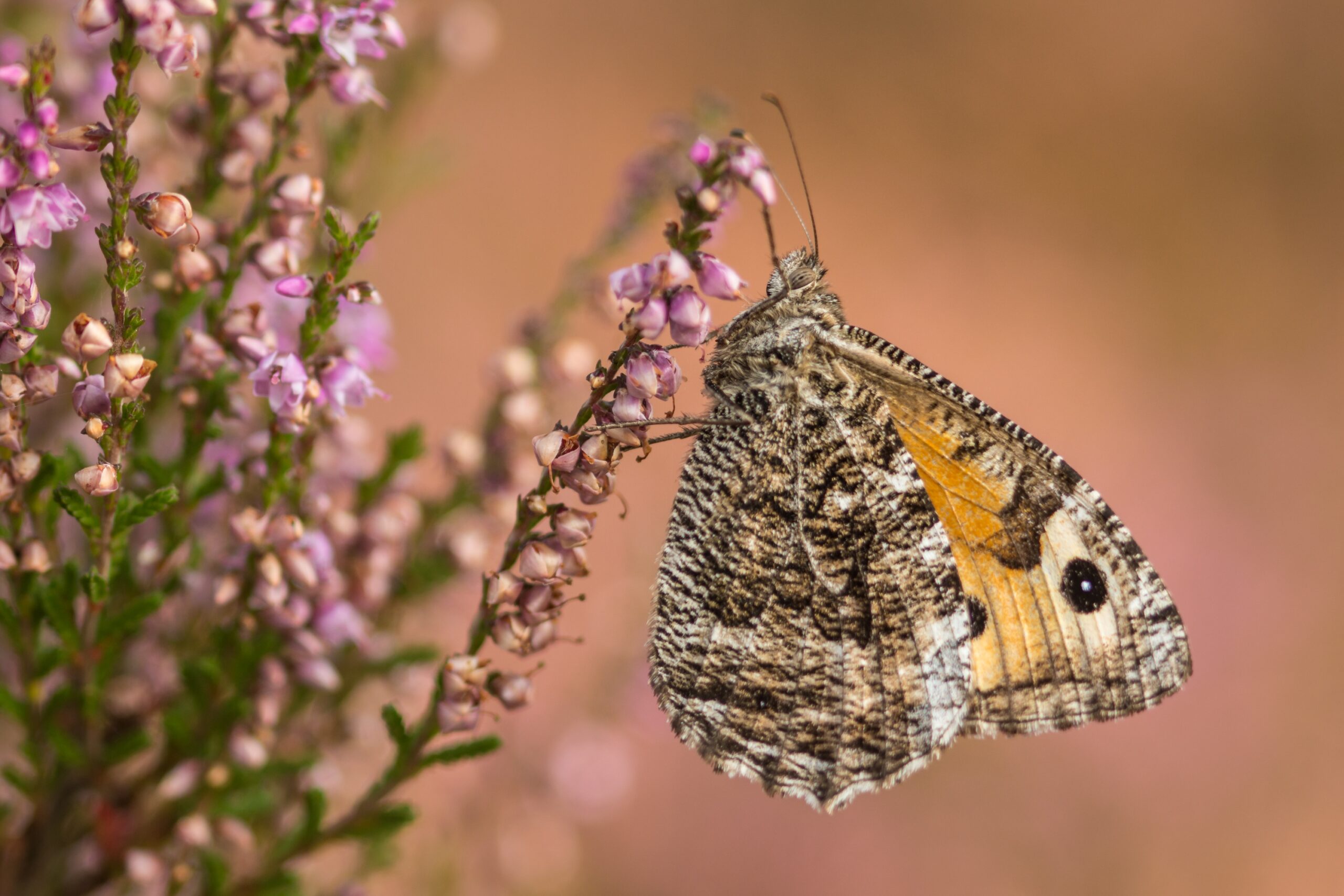
Grayling.
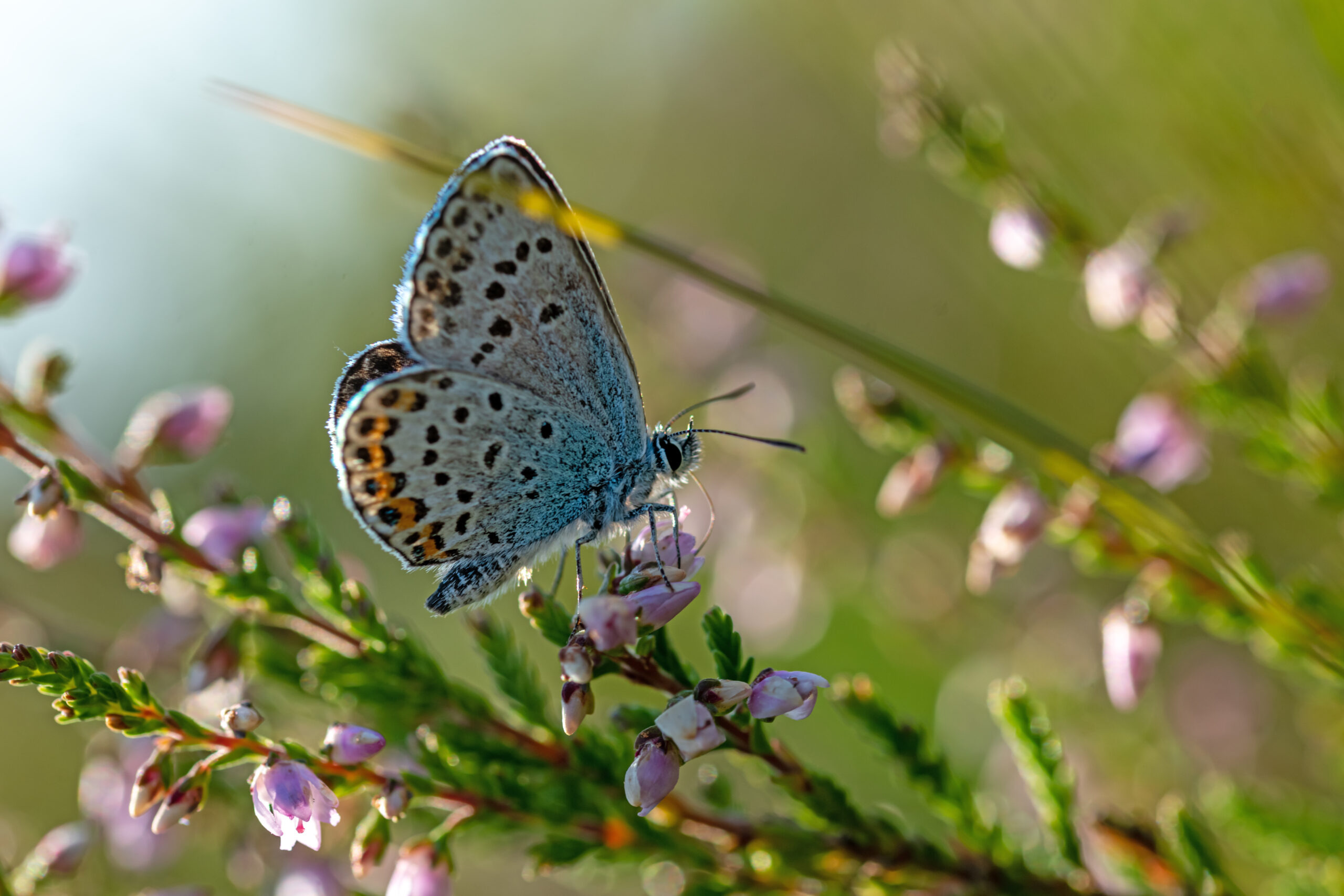
Silver-studded Blue.
Conservation
Some of our land management on the Windsor Estate is targeted at helping butterflies and moths to thrive, by enhancing woodland, parkland, and heathland habitats. Examples include leaving patches of longer grass uncut during the summer, creating sunny rides and glades in our woodlands, planting new hedges and trees in the farmed fields, and restoring conservation areas of heather and grassland in our commercial forests.
As part of our long-term stewardship of the Estate, we are working to ensure that the correct ‘caterpillar food plants’ like native grasses and plants are available to help the butterflies to complete their life cycles.
One of our biggest successes in the last few years is the increase in the tiny and rare Silver-studded Blue in Buttersteep and Swinley Forests. From being almost extinct locally, we have enabled the species to spread into many new locations along ‘habitat corridors’ and conservation areas that we have created.
Gardening for butterflies
Gardening with butterflies and moths in mind is one of the most rewarding things you can do in your own garden. View tips and projects from Butterfly Conservation.
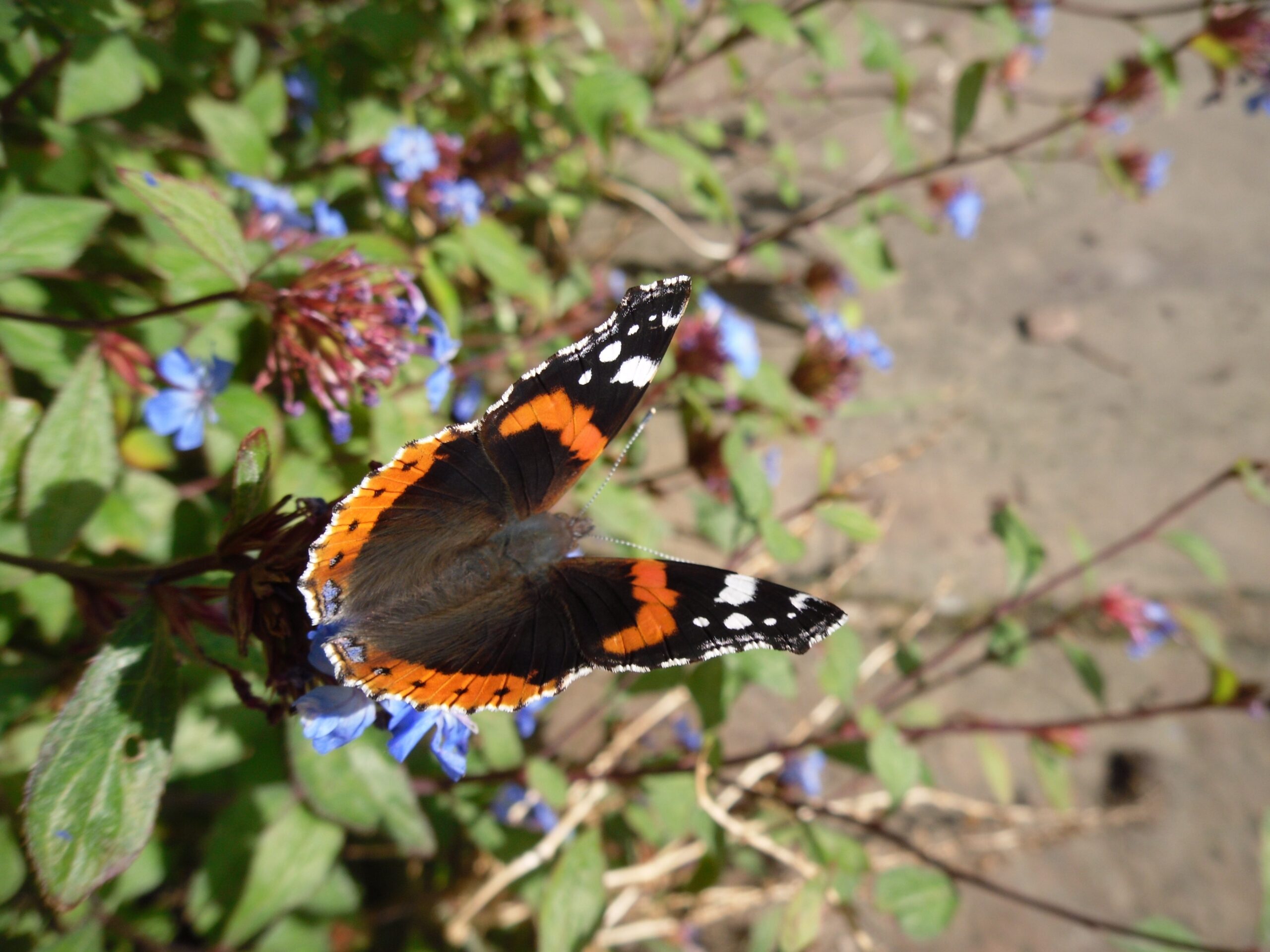
Red Admiral.
Share this article


